Resident Evil
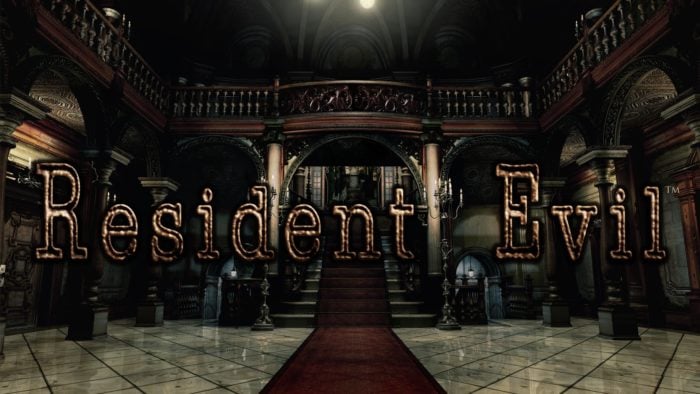
One of the key influences for Resident Evil is, of course, the game that started it all. The original Resident Evil was set in a mysterious mansion with dozens of doors locked with bizarre devices. Victory in combat was never assured and bullets were a commodity that had to be hoarded. Resident Evil 7 returns to these mechanics, setting the game in a derelict house with bizarre keys to find that lead to strange contraptions and shambling enemies that can quickly eat through your supply of ammo.
The sense of dread and isolation that the first game in the series is incredibly prevalent in Resident Evil 7. You never know what new horror will await you around every corner. There are characters’ that are with you throughout the story, but no one stays around for long. As soon as things get tough you tend to be on your own, solving puzzles and fighting to survive and escape.
Outlast
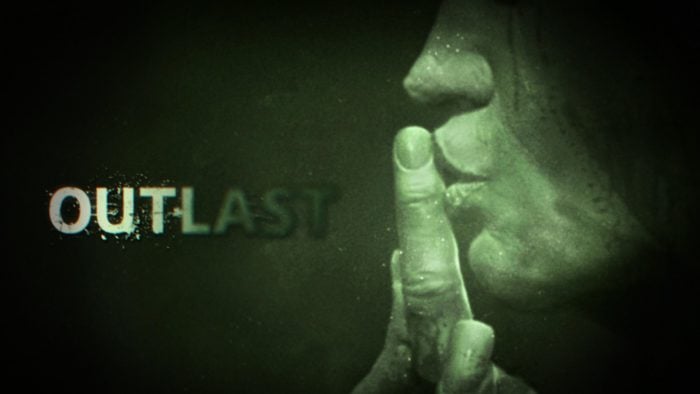
Outlast is set in an abandoned insane asylum. You don’t have any weapons at your disposal, not even a knife to cut your way out of sticky situations. If something tries to kill you, your only option is to run and hide. The sense of isolation and lack of spatial awareness provided by the first-person viewpoint only added to the horror.
It’s an example of how to create an atmosphere and build tension on nothing but fear. The unique sense of exploration and excellent use of lighting and environmental storytelling are similar to those experiences in Resident Evil 7. Outlast illustrated how to make a first-person horror game and still make players jump out of their seats.
Amnesia
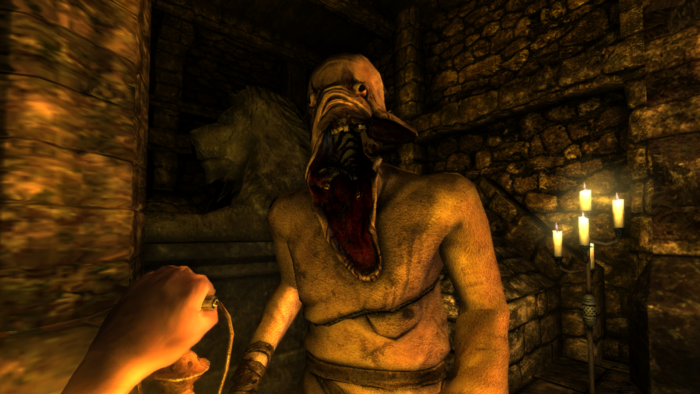
Amnesia is another title that showed how to do first person horror right. Walking in the darkness slowly causes your character to fall victim to insanity. You never truly know what’s real and what is just your mind playing tricks on you. The monsters that stalk you appear out of thin air, relentlessly chasing you. It’s yet another horror game that proves why it’s much more terrifying to be alone and unarmed.
Resident Evil 7 doesn’t leave you completely defenseless but the sense of dread and uncertainty that is present throughout is just as terrifying as the disfigured creatures you dismember. Amnesia certainly proved that jump scares aren’t the only way to unsettle a player, relying instead on an incredibly thick and all-encompassing atmosphere.
PT
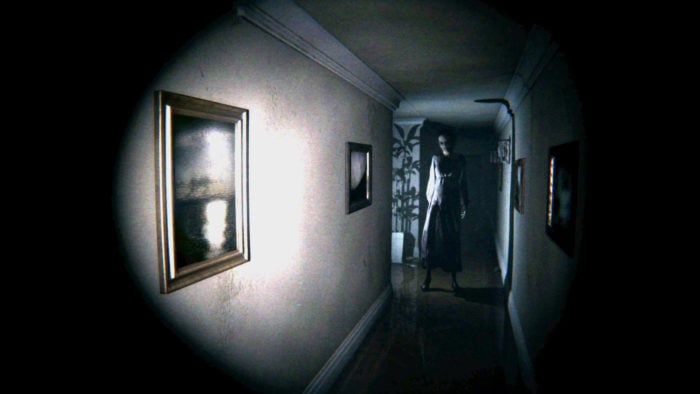
PT certainly looks to have been a major inspiration behind Resident Evil 7. PT had a couple of well-placed jump scares but most of it is left up to figuring out how to proceed. The hallway loops infinitely, so you always know what’s around the next corner, but the possibility of something sinister lurking in the shadows is enough to make even a grown man cry.
PT perfectly intertwines intricate puzzles with and occasionally overbearing atmosphere. Trying to figure out a solution to a difficult puzzle was only made more difficult when you’re scared beyond belief. Resident Evil has always included puzzles in its gameplay, but Resident Evil 7 makes it less about clearing a room of enemies and then solving a riddle. You need to constantly be on the alert because something could jump out at you at any moment.
Alien Isolation
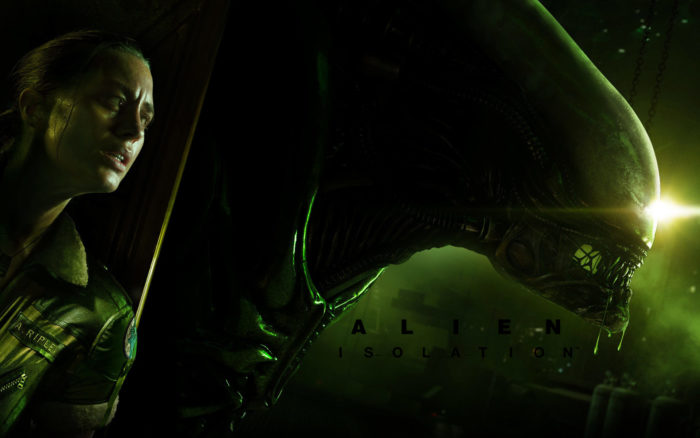
The scariest thing about Alien Isolation is, of course, the titular alien. The thing that makes it more terrifying though is how it is completely AI driven, hunting you of its own accord. The same can be said for the Bakers, the unhinged family that serves as the major foil of Resident Evil 7. Not knowing how a sole, near-indestructible enemy will react adds a level of tension to proceedings.
No matter how many times you play Alien Isolation, it will still be terrifying. That’s thanks to the Alien itself. And, because Resident Evil’s Bakers stalk you in a similar manner, you never know when you’ll run into the deranged hillbillies.
